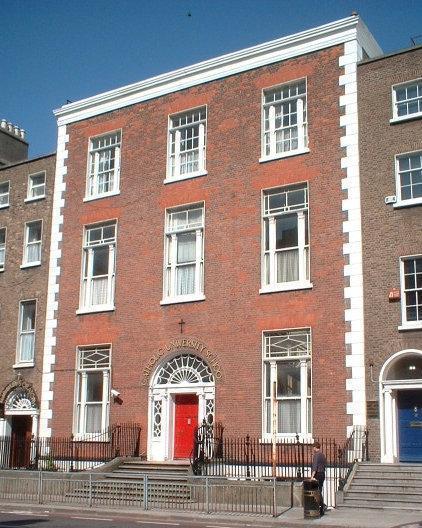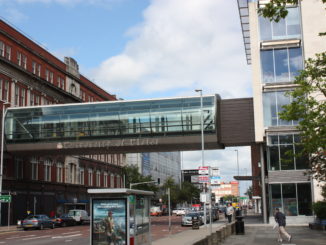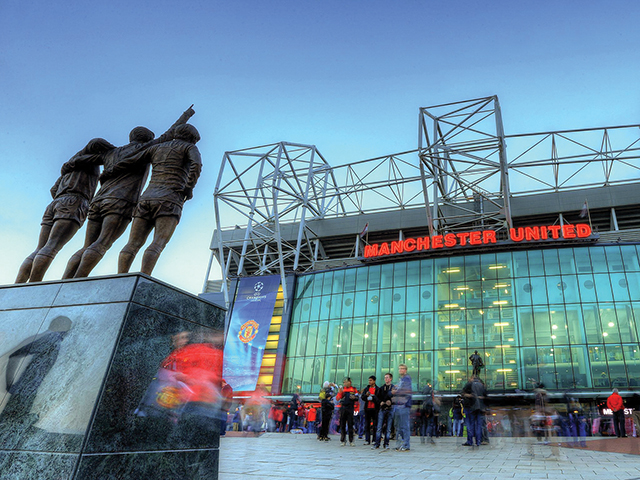
[dropcap]Recent[/dropcap] studies have found that Catholic schools are more socially diverse than non-denominational schools, according to the Iona Institute.
Maria Steen, spokesperson of the Iona Institute, claimed on Claire Byrne Live that there is likely to be more socially diverse children attending Catholic schools across the country rather than minority religion schools or multi-denominational schools.
The claim made by Steen backs the notion that the diversity in Catholic schools comes from children of single-parent, traveller or lower socio-economic families.
“In primary Catholic schools in Dublin, there isn’t one Catholic school that has all Catholic pupils in it”, Steen said during the interview on Claire Byrne Live.
In a report conducted in 2012 by the Economic and Social Research Institution (ESRI), it found that children from single-parent families made up 18 per cent of Catholic schools, making the total higher than that of non-denominational schools at 15 per cent, and minority religion schools at 9 per cent.
Maria Steen also commented on the Traveller community attending Catholic schools, stating that the majority of non-denominational schools had no students from the Travelling community.
“Most multi-denominational schools did not have any Traveller pupils. Catholic schools were more likely to have greater numbers of Traveller pupils compared to minority faith schools”, Steen said.
In the same report by the ESRI, it did state that all primary schools had no traveller students but catholic schools had a larger proportion of these students attending their schools.
According to figures published in 2016 by the Department of Education which shows a list of all DEIS schools, which are schools located in disadvantaged areas with high rates of unemployment, social housing and traveller residents, 21.8 per cent of these schools are catholic schools with 15.1 per cent being non-denominational and 6.7 per cent being minority religion.
These figures show that there is a higher rate of social diversity in catholic schools rather than any non-denominational or minority faith schools across the country, especially in areas of a lower socio-economic population.
When speaking to teachers about this, Rachel Harrington from Loughshinny National School, Co. Dublin, said that the high diversity in primary schools falls on the lack of accessibility for children to get to these non-denominational schools.
“Lower socioeconomic groups do not have the money to transport children to find non-denominational schools whereas there are so many more Catholic schools which are local and easy to get to”, she said.
Ellen Fitzpatrick
Image Credit: CUS



